3 products
-
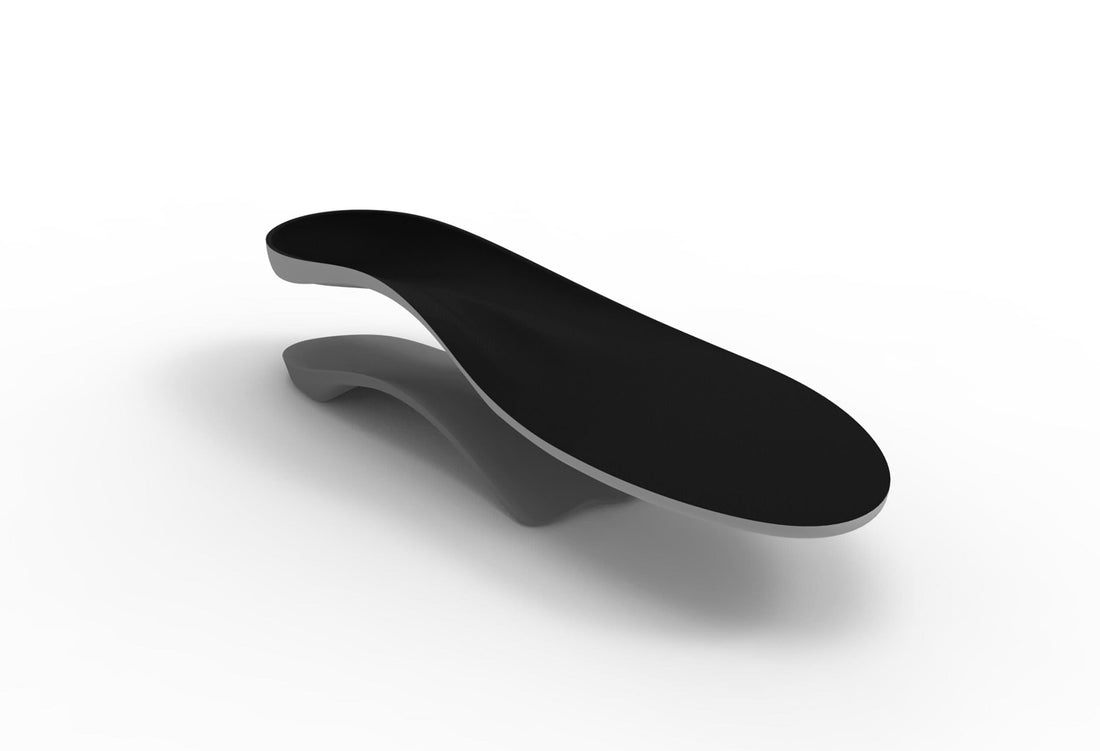
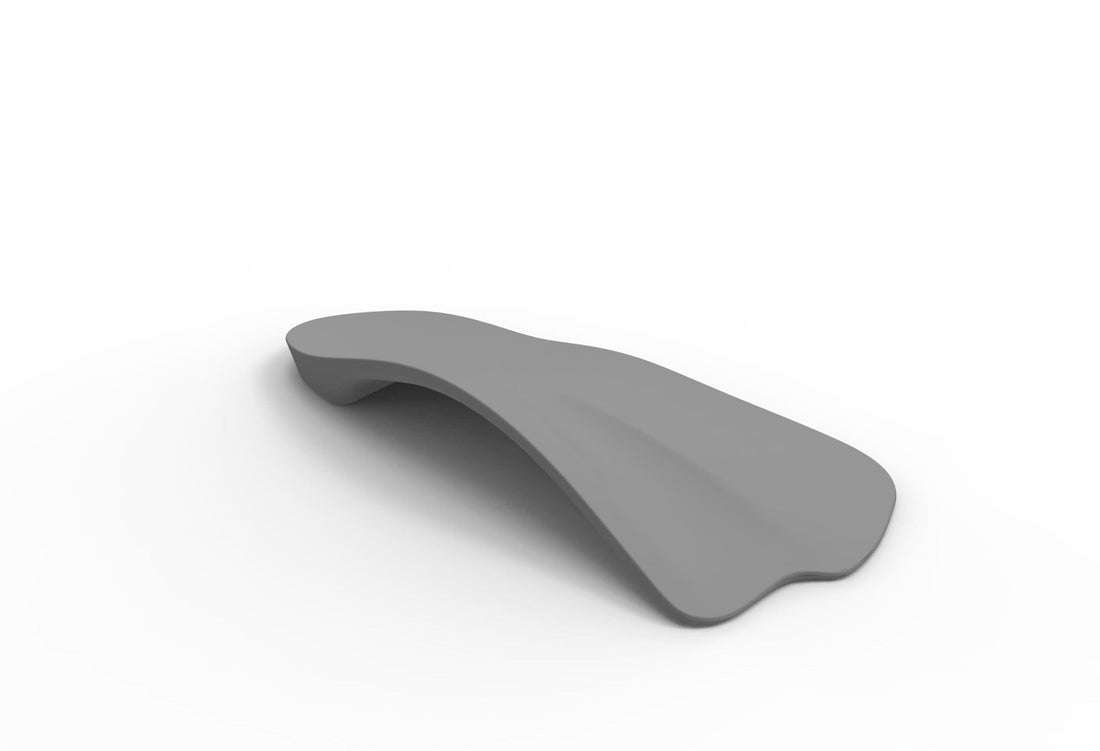 Model P for PainModel P for Pain
Model P for PainModel P for Pain- Regular price
-
$85.00 AUD - Regular price
-
- Sale price
-
$85.00 AUD
Quick view
-
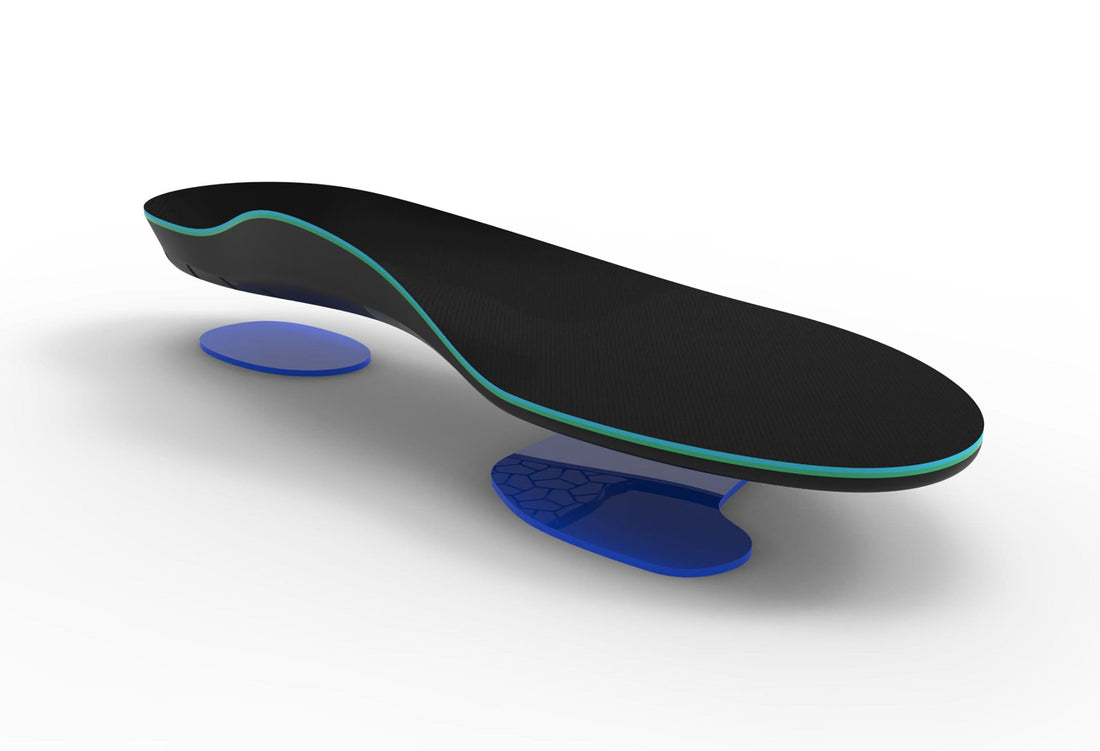
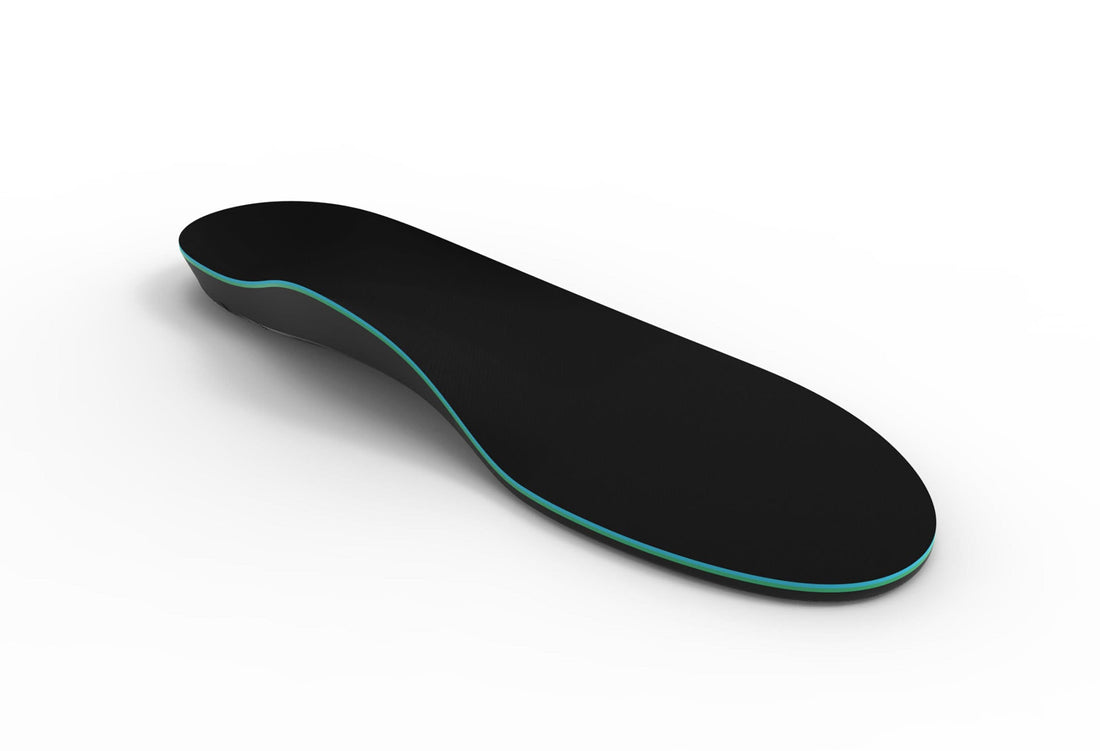 Model C for ComfortModel C for Comfort
Model C for ComfortModel C for Comfort- Regular price
-
$65.00 AUD - Regular price
-
- Sale price
-
$65.00 AUD
Quick view
-
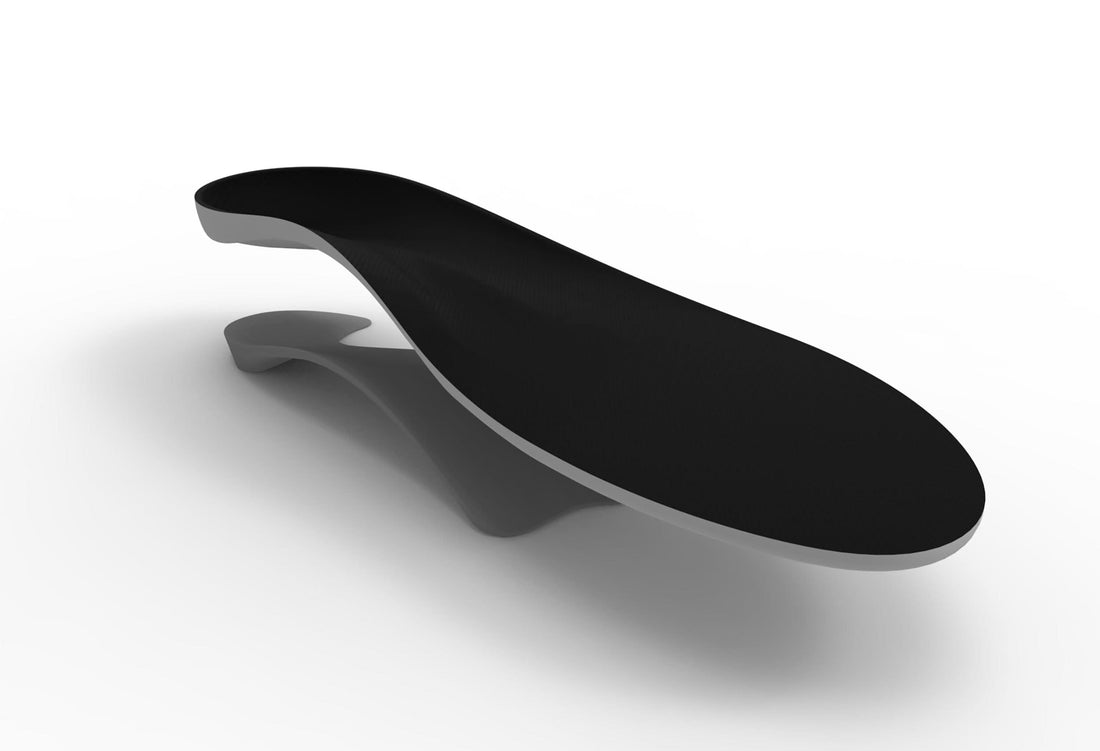
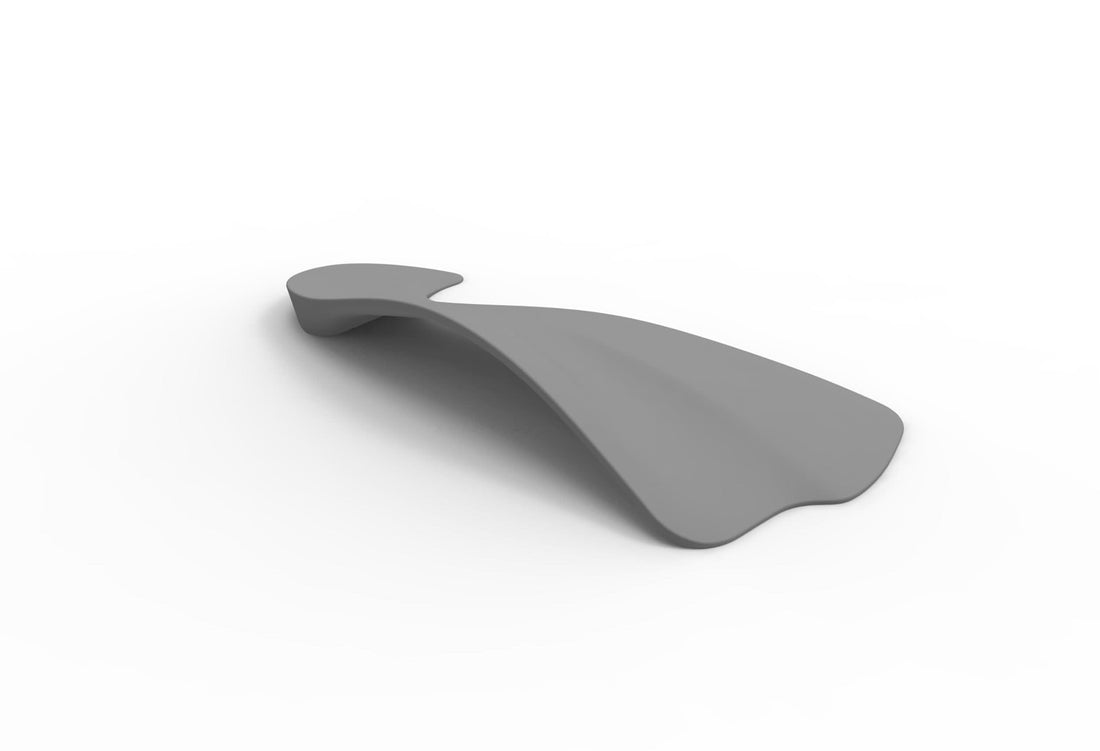 Model SF for SlimFitModel SF for SlimFit
Model SF for SlimFitModel SF for SlimFit- Regular price
-
$75.00 AUD - Regular price
-
- Sale price
-
$75.00 AUD
Quick view
Unsure which insole to choose?
Use our Insole Finder to find the best insole for your feet.
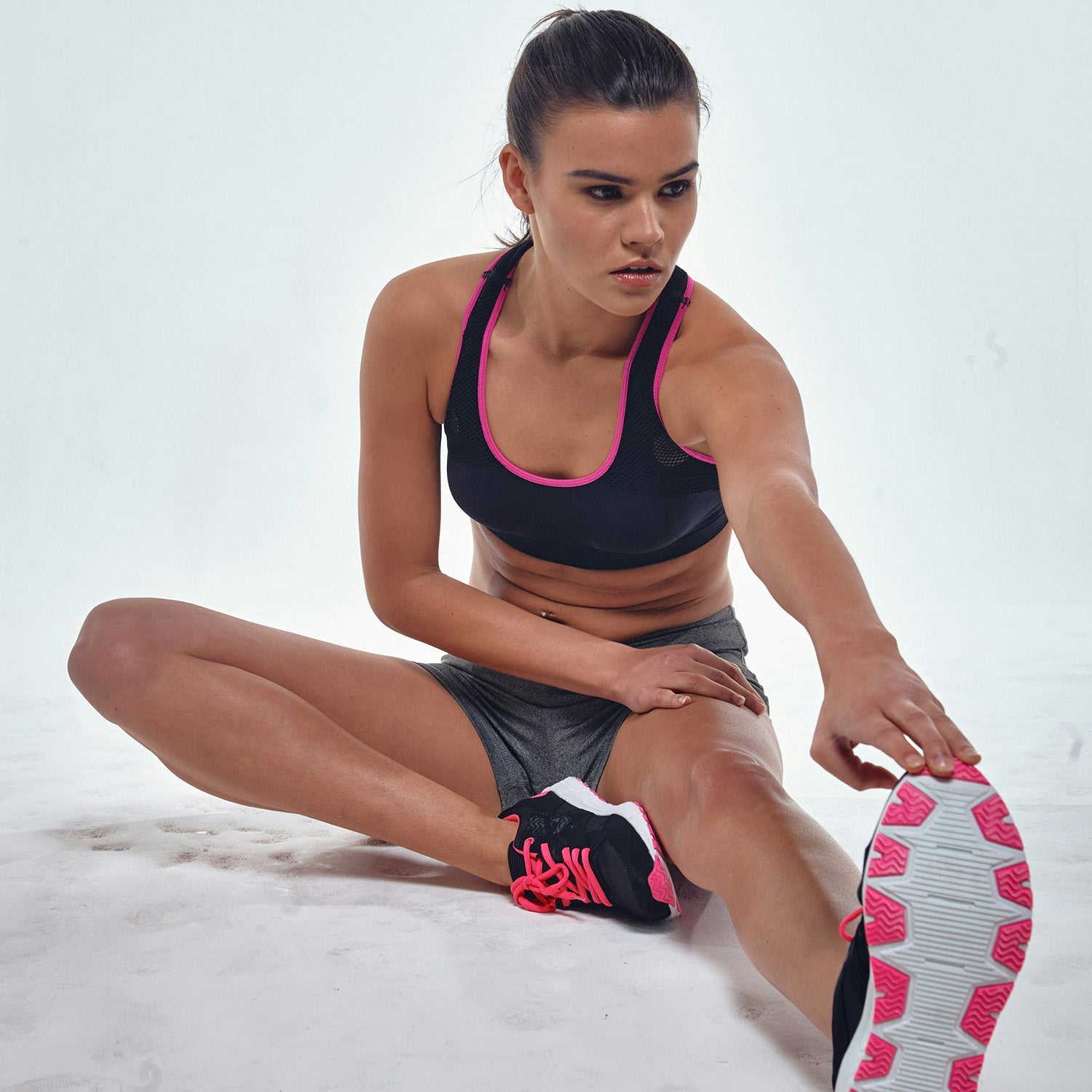
Understanding Bunion Formation
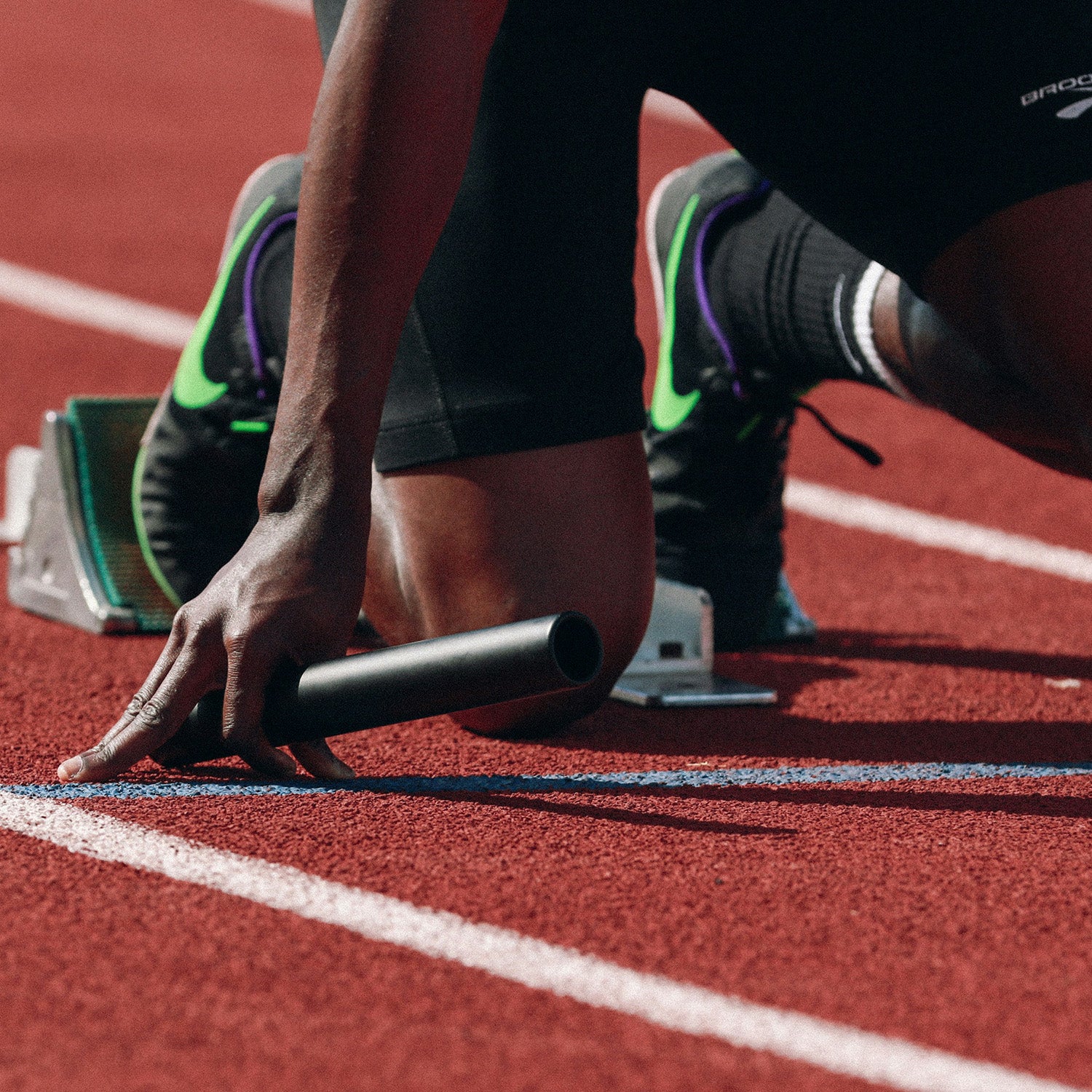
Relieving Bunion Pain with Orthotics

Key to Bunion Prevention – Orthotic Inserts for Shoes
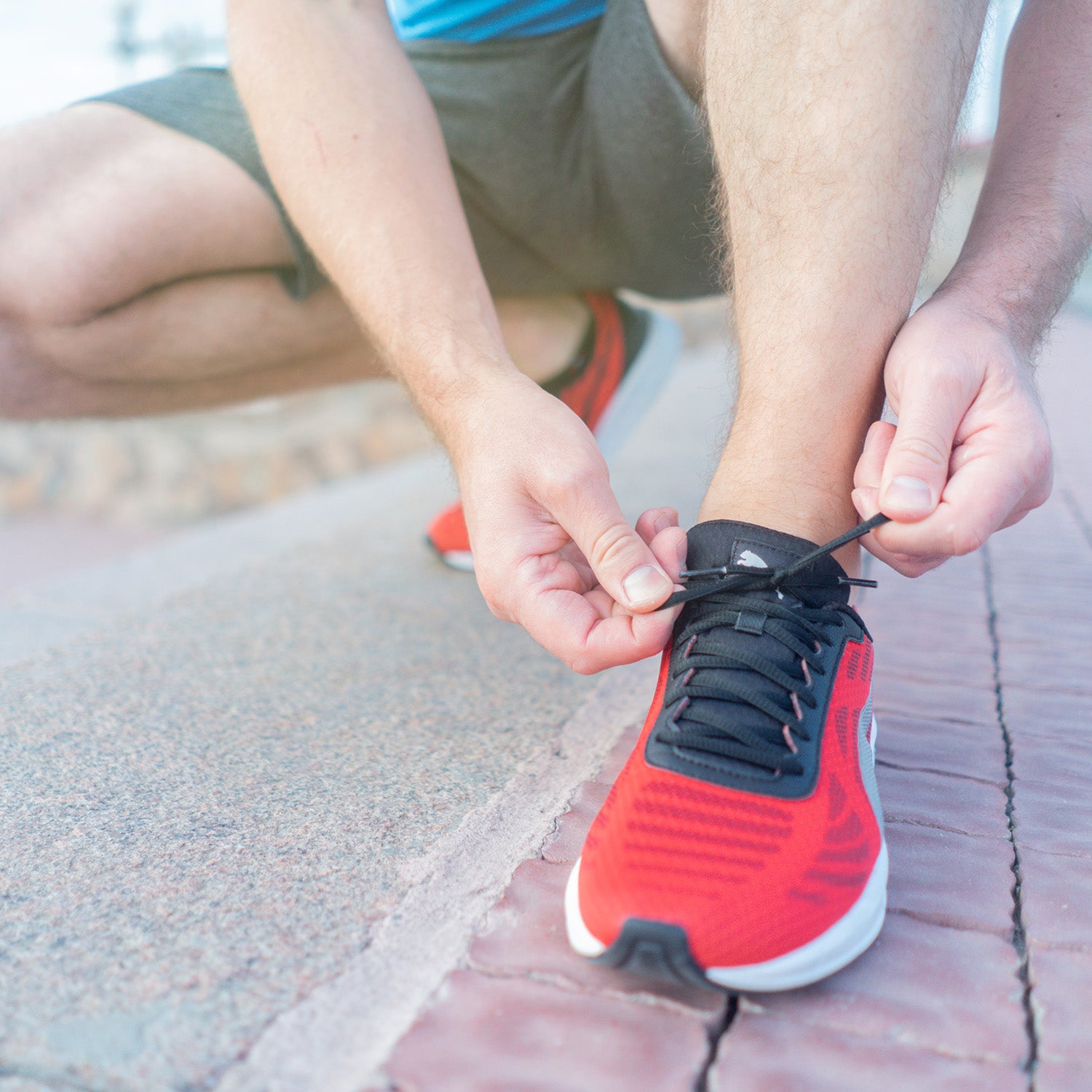
Compare insoles
| Support | Comfort | Fit to Shoe | Warranty | More details | |
|---|---|---|---|---|---|
|
MODEL P Ultimate pain relief |
9/10 | 7/10 | 9/10 | 5YR | Shop Model P |
|
MODEL C Ultimate cushioning, padding and shock absorption |
7/10 | 7/10 | 8/10 | 1YR | Shop Model C |
|
MODEL S Train longer, prevent injuries and soreness |
5/10 | 8/10 | 10/10 | 5YR | Shop Model S |
|
MODEL SF Made for tight, slim shoes |
5/10 | 8/10 | 10/10 | 5YR | Shop Model SF |
FAQs
How Are Custom Shoe Soles Made for Specific Foot Shapes?
Interpod’s shoe soles are just like expensive custom orthotics, both are designed to provide the minimal support needed to maximize comfort while reducing your aches and pains. Interpod soles are designed to resist excessive forces of pronation (inward rolling) or supination (outward rolling). They decrease strain in the muscles, tendons, ligaments, and even bones, supporting your body during movement or long periods of standing. Interpod’s custom-like shoe soles, backed by MHRA certification, ensure medical-grade quality for customers. Explore Interpod’s various levels of insole support options and experience the difference of tailored comfort.
What are bunions?
How can insoles assist with bunions?
What are considered the best insoles for bunions?







